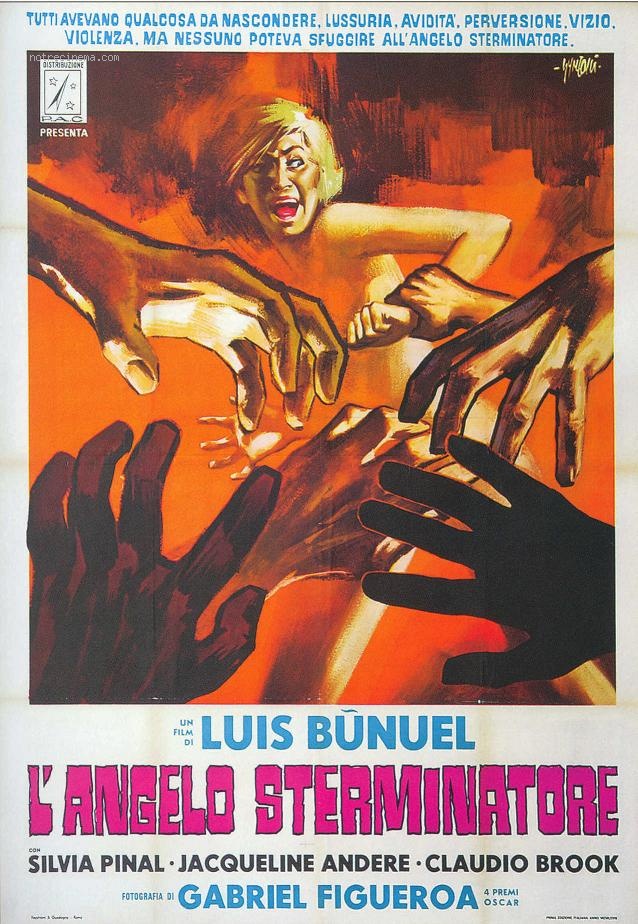Surely you’ve seen Stanley Kubrick’s version of A Clockwork Orange. But have you seen Andy Warhol’s? Anthony Burgess’ 1962 novel of the robust culture of teenage violence in our freakish dystopian future caught the eye of not just the man who had previously made 2001: A Space Odyssey, but that of the man who had previously made the eight-hour still shot Empire as well. Warhol and Kubrick’s sensibilities differed, you might say, as did the means of production to which they had access, and a comparison of their Clockwork Orange adaptations highlights both. Using three shots in this 70-minute film instead of Empire’s one, Warhol creates, in the words of Ed Howard at Only the Cinema, “a strange and intriguing film which, like most of Warhol’s movies, often toes the line between slow and downright boring, a piece of “alienating, attitude-based cinema” that “provides no easy pleasures,” “replacing the conventional narrative drive with a cluttered mise-en-scene of bodies.” For all its cheapness, Warhol’s lo-fi cinematic rendition did at least come first, in 1965 to Kubrick’s 1971 — plus, you can watch it free on Youtube above.
“Vinyl is such a loose adaptation of the source novel that even people who have seen it should be forgiven for not realising that it is built on Burgess’s literary scaffold,” says the web site of the International Anthony Burgess Foundation. “The film is presented as a series of images of brutality, beatings, torture and masochism all performed by a group of men under the gaze of a glamorous woman. In its preoccupations with pornography and violence, it bears many of the oblique hallmarks of Warhol’s work, along with a familiar cast of Factory regulars such as Gerard Malanga, Edie Sedgwick and Ondine. The finished film is disturbing, contains unsimulated violent acts and is not very audience-friendly.” Either a strong disrecommendation or a strong recommendation, depending on your proclivities. And if none of that draws you, maybe the soundtrack including Martha and the Vandellas, The Kinks, The Rolling Stones, and the The Isley Brothers will. Did Warhol pay to license their songs? Given that he certainly didn’t look into obtaining the rights even to A Clockwork Orange, something inside me doubts it.
You can watch Three More 1960s “Anti-Films” by Andy Warhol — Sleep, Eat & Kiss — in our 2011 post. They are otherwise listed in our collection of 635 Free Movies Online.
Related Content:
Andy Warhol Creates Album Covers for Jazz Legends Thelonious Monk, Count Basie & Kenny Burrell
The Making of Stanley Kubrick’s A Clockwork Orange
Andy Warhol Shoots “Screen Tests” of Nico, Bob Dylan & Salvador Dalí
Colin Marshall hosts and produces Notebook on Cities and Culture and writes essays on cities, language, Asia, and men’s style. He’s at work on a book about Los Angeles, A Los Angeles Primer. Follow him on Twitter at @colinmarshall or on Facebook.



